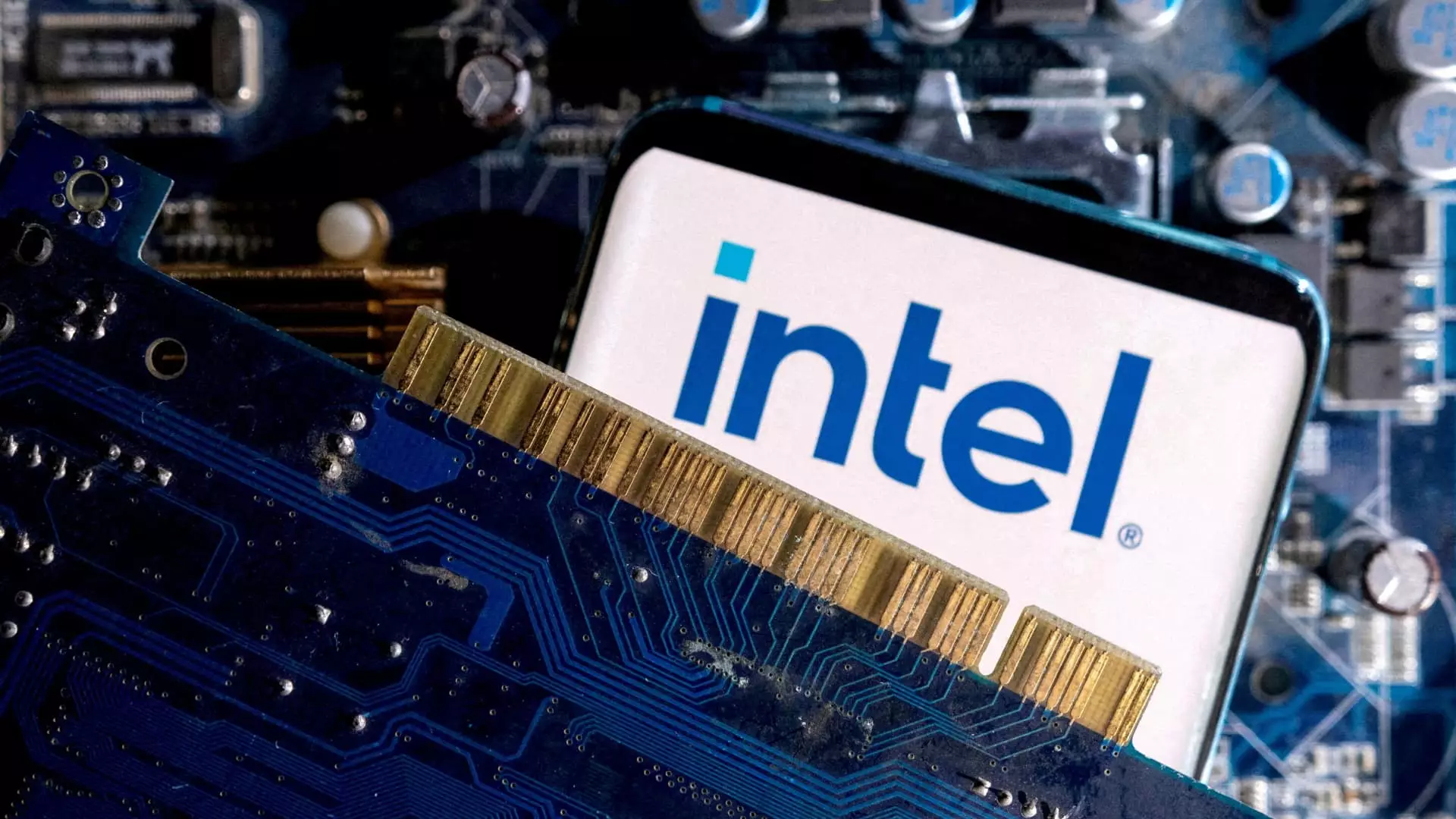Intel, a cornerstone of the American semiconductor industry, recently saw its stock price increase by 11%, largely influenced by reports from the Wall Street Journal that major players Broadcom and Taiwan Semiconductor Manufacturing Company (TSMC) are considering bids for parts of the chipmaker. This surge in stock price is notable, marking one of the most substantial daily gains for Intel since October 2022, raising hopes among investors who have witnessed a prolonged decline in the company’s fortunes.
The discussion among these tech giants centers around the potential division of Intel’s operations, with reports indicating that Broadcom might be interested in the company’s chip design and marketing sectors. Concurrently, TSMC is rumored to be contemplating the acquisition of a stake or outright ownership of Intel’s manufacturing facilities. However, it’s vital to note that these conversations remain informal and no formal bids have been submitted as of yet.
Historical Context and Recent Struggles
Intel’s recent stock performance can be viewed in the context of its significant struggles over the past few years. Once a dominant force in the semiconductor industry, Intel has lost considerable market value, facing intense competition and falling behind on technological advancements, particularly in the area of artificial intelligence (AI). This misstep in capitalizing on AI opportunities has been detrimental, as the sector has exploded in growth, leaving Intel trailing behind competitors who quickly adapted to the changing market landscape.
August marked a particularly distressing period for the company, as it reported poor quarterly results, resulting in a staggering decline—its worst day on the stock market in half a century. This not only affected share prices but also led to drastic organizational changes, including the announcement of a significant workforce reduction aimed at streamlining operations. The shake-up continued with the removal of Pat Gelsinger as CEO in December 2023, a testament to the dwindling confidence in leadership and operational strategy at Intel.
Shifts in Corporate Strategy and Future Prospects
In a bid to regain its competitive edge, Intel has been proactive in reinforcing its commitment to U.S.-made technology, especially in the realm of AI chips. A recent statement from Vice President JD Vance emphasized America’s intention to protect its AI technological advancements from foreign threats, highlighting a national focus that could bolster support for Intel’s recovery efforts.
While the recent surge in stock may suggest a turnaround, it is essential to remain cautious. With shares climbing 29% for the year following a staggering 60% decline in 2022, analysts and investors alike are on high alert, searching for signs of real, sustainable growth. The immediate future will hinge not only on ongoing discussions regarding potential acquisitions but also on Intel’s ability to revitalize its operations and regain its status as a leading innovator in the semiconductor space.
While recent developments provide a flicker of hope for Intel, the company must navigate a challenging landscape filled with uncertainty and fierce competition. The road to recovery could be long, but strategic partnerships and a renewed focus on innovation may pave the way for a rejuvenated Intel in the years to come.

